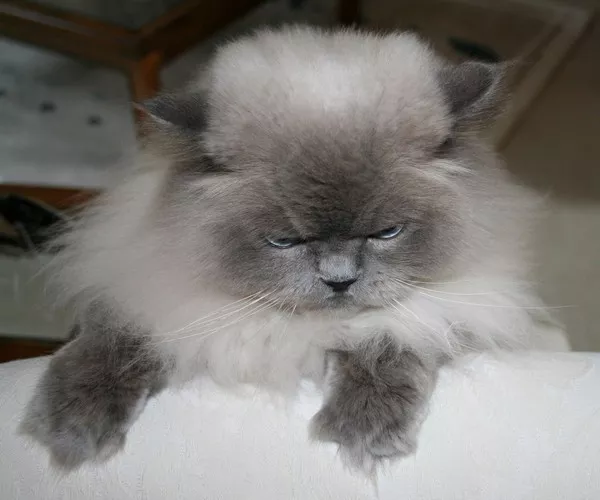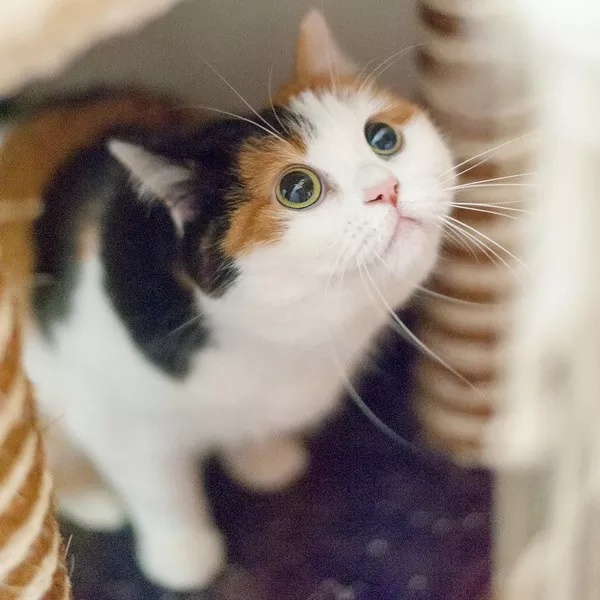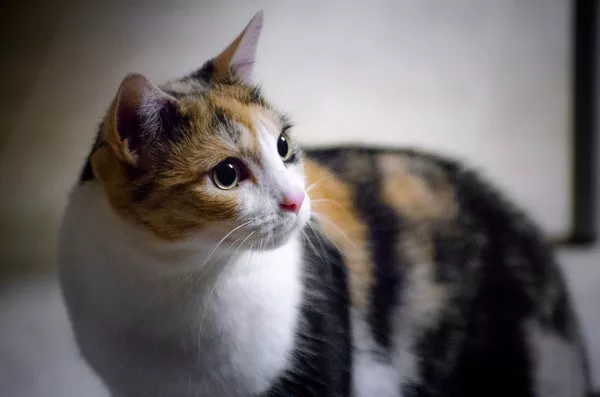The Himalayan cat, with its luxurious long fur and striking color points, is undeniably one of the most visually captivating feline breeds. However, the question of how often to bathe a Himalayan cat arises as owners strive to balance maintaining their pet’s hygiene with the feline’s inherent grooming habits. In this article, we explore the factors influencing the bathing frequency for Himalayan cats, considering their unique coat characteristics, grooming needs, and the importance of a harmonious owner-cat relationship.
Understanding the Himalayan Cat’s Coat
Before delving into the bathing routine for Himalayan cats, it’s crucial to comprehend the distinctive nature of their coat. Himalayans are known for their semi-long fur, which requires regular grooming to prevent matting and tangling. The breed’s color points, reminiscent of their Siamese ancestors, add to the overall allure but necessitate careful attention to coat maintenance. The silky texture of their fur can be prone to oil buildup, dust, and debris, making bathing a pertinent aspect of their grooming regimen.
Grooming Habits and Self-Maintenance
Himalayan cats are renowned for their meticulous grooming habits. These fastidious felines often engage in self-grooming sessions, using their tongues to clean and untangle their fur. While their grooming instincts are well-developed, the length and density of their coat can pose challenges in reaching every nook and cranny. As a result, owners play a crucial role in supporting their Himalayan cat’s grooming routine, including regular brushing and, when necessary, bathing.
Factors Influencing Bathing Frequency
The ideal bathing frequency for Himalayan cats is influenced by several factors that vary from one cat to another. While there isn’t a one-size-fits-all answer, considering these key aspects can help determine an appropriate bathing schedule tailored to your feline companion’s needs:
1. Individual Coat Characteristics: Assessing the specific characteristics of your Himalayan cat’s coat is essential. Cats with a denser or longer coat may require more frequent baths to prevent matting and maintain overall cleanliness.
Consider the color points of your cat’s fur, as darker points may show dirt more visibly than lighter ones, impacting the perceived cleanliness of the coat.
2. Health and Medical Conditions: The overall health of your Himalayan cat plays a crucial role in determining their bathing needs. Cats with certain medical conditions, such as skin allergies or dermatitis, may require more frequent baths as recommended by a veterinarian.
Regular veterinary check-ups can help identify any skin or coat issues that may influence the bathing frequency.
3. Environmental Factors: The environment in which your Himalayan cat resides can impact their grooming requirements. Cats living in urban areas may encounter more pollutants and dust, necessitating more frequent baths to maintain a pristine coat.
Outdoor access can also introduce additional elements to the coat, such as grass, leaves, or other outdoor debris, influencing the need for bathing.
4. Grooming Routine: Establishing a regular grooming routine that includes brushing and combing can significantly reduce the frequency of baths. Diligent owners who groom their Himalayan cats frequently may find that baths are needed less often.
5. Cat’s Preferences and Behavior: Understanding your cat’s tolerance for water and their individual preferences is vital. Some Himalayan cats may be more amenable to bathing, while others may find it stressful.
Gradual introduction to bathing from a young age and positive reinforcement can help create a more positive bathing experience for your cat.
Creating a Bathing Schedule
Based on the aforementioned factors, creating a personalized bathing schedule for your Himalayan cat is crucial. The following guidelines can serve as a starting point, but adjustments may be necessary based on your cat’s unique needs
1. Monthly Bathing: For many Himalayan cats, a monthly bathing schedule may be suitable to maintain cleanliness and prevent matting. Monthly baths help strike a balance between hygiene and minimizing stress for the cat.
2. Bi-Monthly Bathing: Cats with a less dense coat or those that are particularly adept at self-grooming may benefit from bathing every two months. This schedule allows for sufficient maintenance without being overly burdensome for the cat.
3. Quarterly Bathing: Cats with a particularly low tolerance for bathing or those that exhibit exemplary self-grooming skills may require baths on a quarterly basis. Regular brushing and monitoring for any signs of matting or debris can guide the decision to bathe less frequently.
Bathing Techniques and Tips
Regardless of the chosen bathing frequency, employing proper techniques and strategies is crucial for a successful and stress-free bathing experience for both you and your Himalayan cat. Consider the following tips:
1. Gentle Introduction: Start bathing your Himalayan cat from a young age to familiarize them with the process. Gradual and positive introductions to water can help reduce stress during future baths.
2. Use Cat-Friendly Shampoo: Choose a cat-friendly shampoo specifically formulated for feline skin and coat. Avoid using human shampoos, as they may contain ingredients that can be harsh on a cat’s sensitive skin.
3. Pre-Bath Brushing: Brush your cat’s coat before the bath to remove any loose fur, mats, or tangles. This helps prevent further matting and ensures a more effective and efficient bath.
4. Secure Environment: Ensure the bathing area is secure and free from potential escape routes. Using a non-slip mat in the sink or tub provides stability for your cat, reducing anxiety during the bath.
5. Warm Water and Gentle Handling: Use lukewarm water for the bath, and handle your cat gently. Speak to them in a soothing tone to help keep them calm. Avoid getting water in their ears, eyes, or nose.
6. Towel Drying and Warmth: After the bath, gently towel-dry your Himalayan cat to remove excess water. Providing a warm and cozy environment for them to dry off can help prevent chilling.
7. Positive Reinforcement: Reward your cat with treats and affection after the bath to create positive associations with the experience. This helps build trust and reduces anxiety for future baths.
Conclusion
In conclusion, the bathing frequency for Himalayan cats is a nuanced consideration that takes into account various factors, including individual coat characteristics, health conditions, environmental influences, grooming routines, and the cat’s behavior. By understanding your Himalayan cat’s unique needs and preferences, you can establish a personalized bathing schedule that ensures their coat remains lustrous, healthy, and free from matting, while also fostering a positive and trusting relationship between you and your feline companion.


























